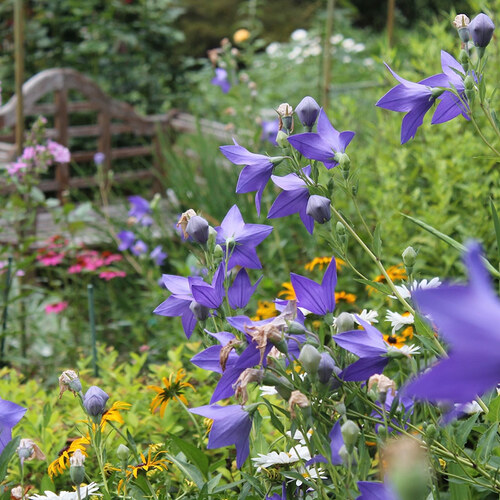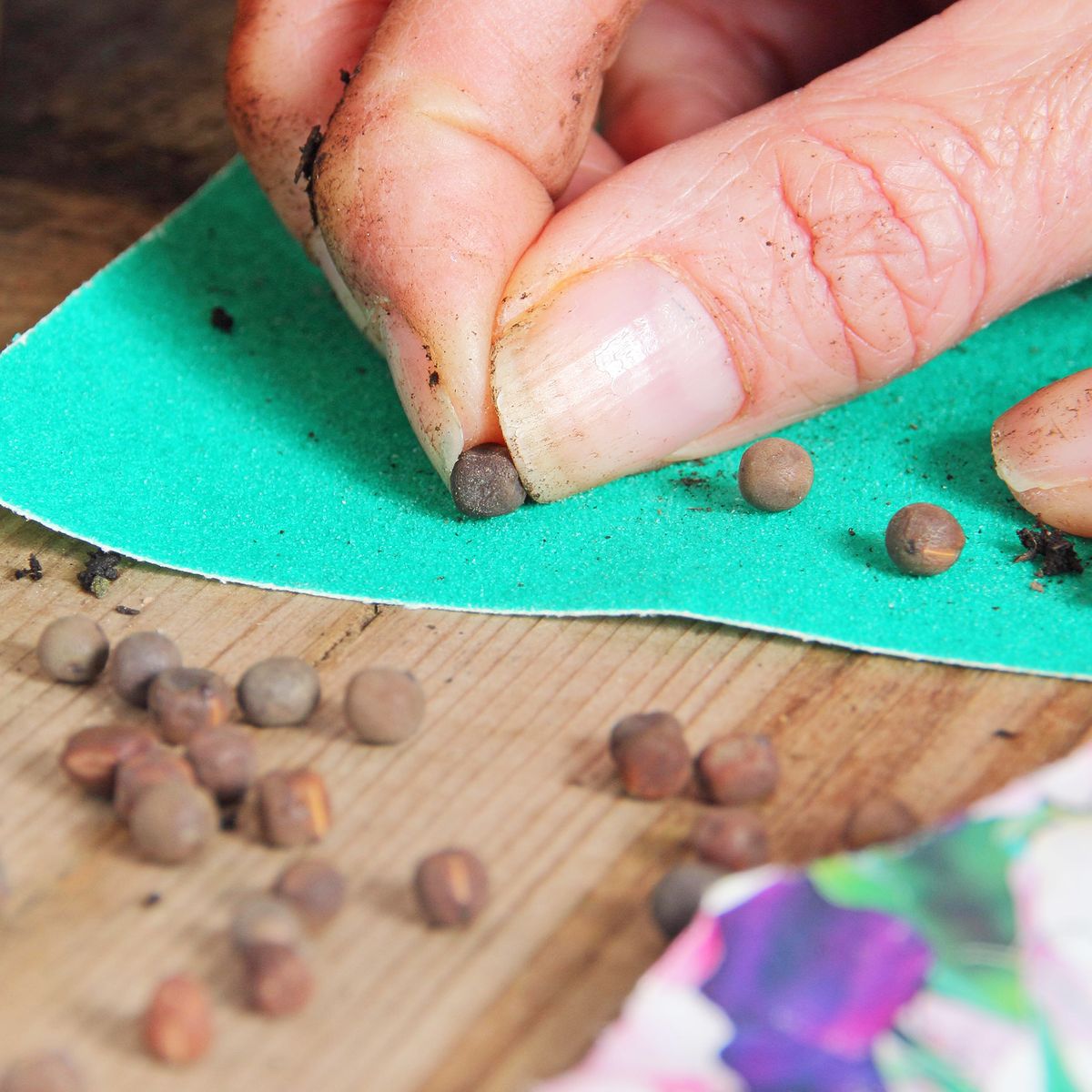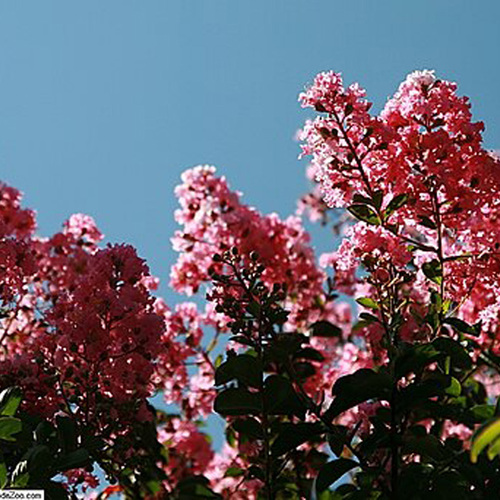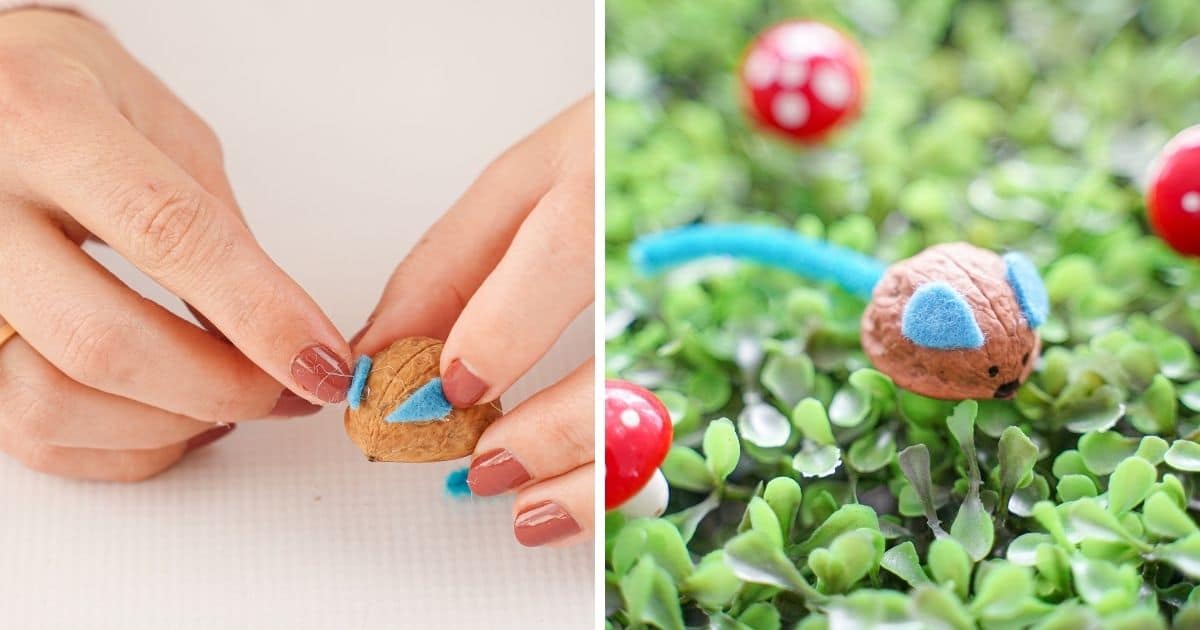Opinion: For a quick colour fix, winter pansies and violas, ornamental kale and mums are now available in garden stores.

Reviews and recommendations are unbiased and products are independently selected. Postmedia may earn an affiliate commission from purchases made through links on this page.
Article content
As much as I enjoy summer gardens with their wide range of colourful plants and their seemingly endless supply of fruits and vegetables, this year I can’t wait for the arrival of fall, which brings cooler evenings, much-needed rains, crisp, clean air and a wealth of fresh new autumn colour.
Advertisement
This advertisement has not loaded yet, but your article continues below.
Article content
We all share a deep concern for our fellow British Columbians living in the Interior who have struggled this summer with the smoke and damage caused by a record number of forest fires that, in some cases, continue to burn. Most of us can only imagine how much those folks are looking forward to autumn.
The recent rains have salvaged some of the green in our lawns and have certainly helped many stressed trees. A lot of broadleaf plants, like rhododendrons, azaleas and camellias, have put out new buds, even though many have burnt foliage. Bits of new growth are showing up on some conifers and flowering shrubs, which is a good sign. Unfortunately, many trees, like hedging cedars, have succumbed to the heat and drought and will need to be replaced this fall.
Advertisement
This advertisement has not loaded yet, but your article continues below.
Article content

We’ve all learned valuable lessons about the types of plants that will not tolerate long periods of drought and excessive heat. This summer has also been a wake-up call on the water needs and care required by many plants when heat is preceded by a long dry period. I think we will all be better prepared if next summer plays out in a similar fashion.
For many folks, autumn is their favourite season. It’s also a great time to renew and refresh our gardens. Let’s start by looking at some of the terrific late-blooming perennials that no garden should be without. Apart from the well-known echinaceas, rudbeckias and coreopsis, very few folks appreciate the wealth of varieties that simply shine in an autumn garden.
Caryopteris, better known as Bluebeards, are tall-growing perennials (Zone 5) that produce masses of beautiful blue flowers well into late October. They’re particularly useful as backdrop plantings. Beyond Midnight has the most intense blue colouring, and several golden foliaged varieties, such as C. Sunshine Blue, look stunning with their contrasting colours of blue and gold. There’s also the first pink flowering variety, called Beyond Pink’d, now budding up.
Advertisement
This advertisement has not loaded yet, but your article continues below.
Article content
Charming white and pink Japanese anemones are really growing in popularity because of their incredibly long-blooming period.

Heliopsis is the latest blooming perennial, often flowering into November. I often chuckle when early snowfalls cover their yellow blossoms with a dusting of white.
The many new varieties of sedums or stonecrops (Zone 3) are the heart and soul of late gardens. Today, they’re available in many rich foliage colours, such as the dark-leaved Matrona and Dark Magic, an almost black variety. For low ground-cover types, the amazing SunSparkler series offers foliage colours so vibrant they look great with or without flowers. Bees and other pollinators love them too for a last chance to get pollen and nectar.
Advertisement
This advertisement has not loaded yet, but your article continues below.
Article content
Fall asters (Zone 4) provide massive colour in shades of pink, red, white and lavender blue well into late October. They’re a fall favourite even though they sometimes look a bit messy and can have a touch of fungus from fall rains. However, when their massive blossoms open, their value in the garden becomes very apparent.
The stunning fall chrysanthemums (Zone 6) that you see everywhere are, by far, the most widely used fall perennials. Here is the secret to keeping them alive in your garden: Don’t prune the flowers back when they’re finished but rather let them die back naturally.

Ornamental grasses have now become go-to fall favourites. Their autumn flower heads and elegant foliage play nicely with fall breezes. Pennisetums (Zone 5), especially the more compact forms, like Hameln, Little Bunny and the richly coloured foliage of Burgundy Bunny, are very versatile in containers or blended in with other late perennials. Their bottlebrush-like flower heads, bobbing in a gentle wind, create pure magic.
Advertisement
This advertisement has not loaded yet, but your article continues below.
Article content
The many varieties of miscanthus (Zones 4-5) are just now coming into their own. From the compact M. Yaku Jima to the two-metre-plus M. Giganteus, there has never been a better selection of varieties for every garden use, including containers. The silver and white foliage of M. Morning Light makes it one of my favourites.
I also love M. Ghana, a newer variety with rich green foliage that turns a deep burgundy that blends nicely with its bronze flowers. Another new star is M. Fire Dragon. Its green leaves transform into an intense red and orange when temperatures cool. Each variety of miscanthus has its own unique charm and is well-worth exploring.
Panicums are suddenly being noticed for their grassy flower panicles and rich autumn foliage. P. virgatum Cheyenne Sky (Zone 4), often known as red switch grass, is a stunner, as is P. v. Hot Rod. Both grow about one-metre tall and show up well in late summer gardens.
Advertisement
This advertisement has not loaded yet, but your article continues below.
Article content

With a name that is hard to pronounce, the schizachyrium scoparium family deserves more space in our fall gardens. Rated Zone 3, they’re one of the hardiest grasses. Most have purple flower panicles that complement their blue and green foliage that turns bronze, burgundy and red in fall.
If your garden has a strict architectural look, then the calamagrostis family is for you. The well-known C. Karl Foerster (Zone 4) and the white and green variegated variety, C. Overdam (Zone 4), offer the most upright, tight forms. Growing about a metre-and-a-half tall, including their seed heads, both are very columnar, and their beautiful, straw-coloured fall foliage is quite distinctive looking.
It’s also time to add a few fall shrubs to your garden and containers. The compact forms of nandina (Zone 6), like Gulf Stream, begin to colour-up into red tones once cool evenings prevail.
Advertisement
This advertisement has not loaded yet, but your article continues below.
Article content
Compact Euonymus alatus or burning bush (Zone 4), fothergilla (Zone 5) and Itea virginica or sweetspire (Zone 5) all display spectacular red and orange fall foliage.
Pyracanthas are making a huge comeback. Their brilliantly coloured berries add interest; they provide food for many birds in winter; and they’re often used as security barriers. It’s a struggle to get western gardeners to plant them, but deciduous holly (Ilex meserveae) is a must-have. I’m a fan of Ilex verticillata Berry Poppins. It grows only about a metre tall, and the berries are already starting to turn a classic pure red.
For a quick colour fix, winter pansies and violas, ornamental kale and mums are now available in garden stores. The colourful foliage of heucheras, ajugas, euphorbias and lysimachia (golden jenny) will last all winter as container and basket enhancements.
These are just a few ‘crayons’ to colour-up a rich, refreshing fall look and feel around your home and patio. It’s time … time to get ready for fall.












